Former Shimoichida School
In Takamori Town, Shimoina County, Nagano Prefecture, the former Shimoichida School built in the Meiji era still remains.
I write an article about it since I saw the outside of this building in August.
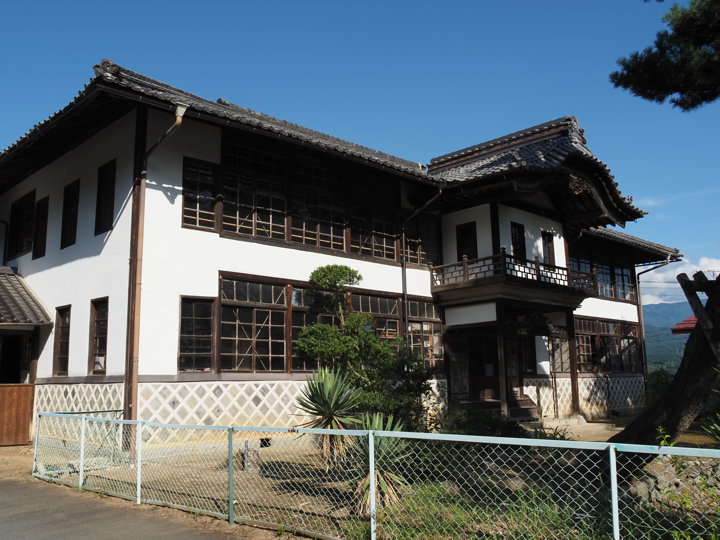
The former Shimoichida School is located about 600 meters northwest of Shimoichida Station on the JR Iida Line. Next to it is the Shimoichida Nursery School.
This school building was built in 1888 (Meiji 21).
In the early Meiji period, this area was Shimoichida Village. The following year after the promulgation of the school system in 1872 (Meiji 5), Shimoichida Village borrowed the main building of Anyoji Temple and opened “Kunmo School".
Later, in 1875 (Meiji 8), a new school building was built with donations from the local people, and the name was changed to Shimoichida School.
However, the school building was destroyed by fire in March 1886 (Meiji 19).
A new school building was constructed in 1888 (Meiji 21), and this is the one that remains today.
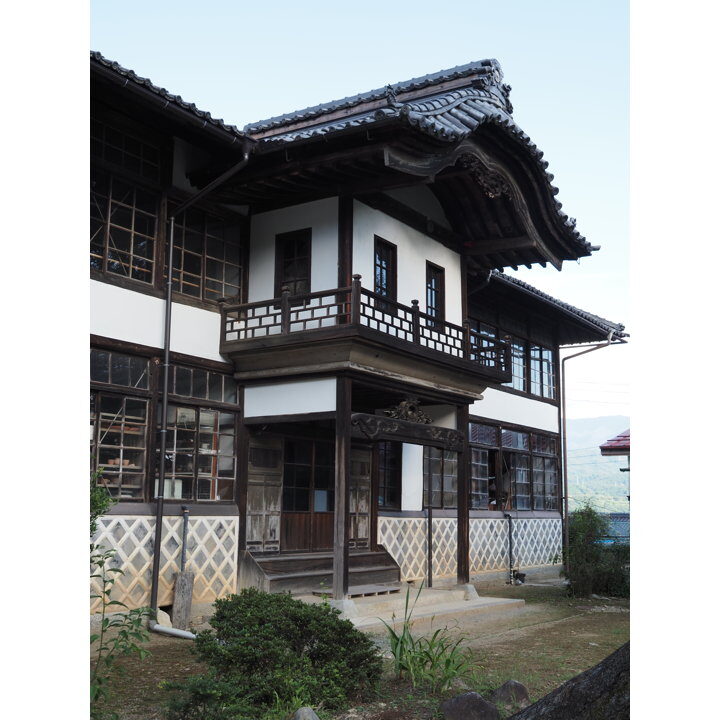
The construction of the school building was undertaken by a local carpenter, but the entrance was commissioned to Kamekichi Sakata, a temple carpenter from Kiso who was said to be a master.
The Shimoichida School was built facing east at a slightly different location from its current location when it was newly constructed. It was expanded due to an increase in the number of students, and in 1911, it was moved to its current location because of the expansion of the schoolyard.
In 1889, the town and village system was enacted, and the areas of Kamiichida, Shimoichida, Yoshida, Ushimaki, Izuhara, and Ozimasan villages became Ichida-mura. There was some talk of consolidating the schools into one school in Ichida Village, but there was opposition, and the three school district system was established in Yoshida, Shimoichida, and Ushimaki.
In the latter half of the Meiji Era, education expenses in Ichida Village accounted for about 60% of the village budget. At that time, there was no government funding for teachers’ salaries for compulsory education (although a petition was filed with the government in the Taisho era, but it was not realized until 1941), so the majority of education expenses were for teachers’ salaries.
Therefore, it was decided to integrate the schools in 1915 (Taisho 4). The name of the school was changed to Ichida Elementary School, and there was only one principal, but the three schools’ buildings remained the same, and each school was operated as a division school.
Discussions were held regarding the integration of the school buildings, but the villagers could not reach a consensus on where to build the school. In 1926, a school site selection committee was established to discuss the issue. The committee met 60 times until the following year (1927 Showa 2), but in the end, the decision was put on hold, and it was not until 1930 that a resolution was actually reached.
The first phase of construction included the main school building, gymnasium, etc. The groundbreaking ceremony was held on March 8, 1931, and the inauguration ceremony was held on November 23, 1931. (The second phase of construction was completed in 1932-33.)
In October 1933, all children moved to the new school building, so the former school sites of Shimoichida, Yoshida, and Ushimaki were abolished and managed by the village.
The Shimoichida School appears to have been used as a supplementary school for a while.
In April 1935, the Youth School Ordinance was promulgated. Youth schools provide social education to young people who have completed compulsory education and are working.
It was intended to integrate the vocational training school that had been in operation since 1893 and the Youth Training Institute established in 1926, and was to have the roles of vocational training and military training.
In Ichida Village, the school was established in September 1935, and the former Shimoichida School building was used as the Youth School building.
After the war ended, the school system was switched. The elementary course of the National School was changed to elementary school in 1947, and the high school course was changed to junior high school. The regular course of youth school was abolished in 1946 and transferred to junior high school the following year, while the regular course was abolished in 1947 and transferred to senior high school in 1948.
The old prefectural junior high schools became the new high schools, but because of the limited number of students, each region had to consider the establishment of a new high school from the standpoint of equal educational opportunities.
In Ichida Village, it was hoped to use the school building that had been a youth school as a branch of the high school.
On May 1, 1948, the prefectural government approved the school as a branch of Shimoina Agricultural High School (Part-time high school, Ichida Branch), and it was used as a branch school from then on.
In 1957, Ichida and Yamabuki villages merged to form Takamori Town, and the name of the school was changed to Takamori Branch School.
This photo was taken from the “History of Takamori Town, Vol. 2. Since the town history was published in 1975, this photo was taken during the time of the branch school of Shimoina Agricultural High School. We can see that the stove chimneys were sticking out on both walls.
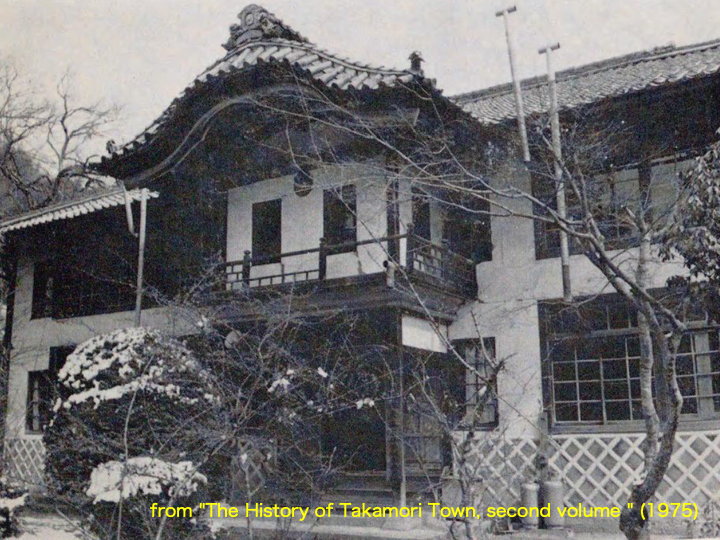
As a side note, it seems that there were requests throughout Shimoina County for local facilities to be used as branch schools of high school, and from May to September 1948, 16 branch schools of Shimoina Agricultural High School were established. In addition, one more school was added the following year, and at one time the number of branch schools was a staggering 17.
At that time, there were only three schools in Shimoina that has part-time courses: Iida-Nishi, Iida-Shoko, and Shimoina Agriculture. The original plan was for the three schools to share the responsibility, but the villages wanted to have a strong agricultural focus, and as a result, Shimoina Agriculture was forced to take over.
The prefectural government decided in 1951 to transfer six of the schools to Anan High School and four to Achi High School.
Back to the story of former Shimoichda School.
In front of the building, there is an explanatory board.
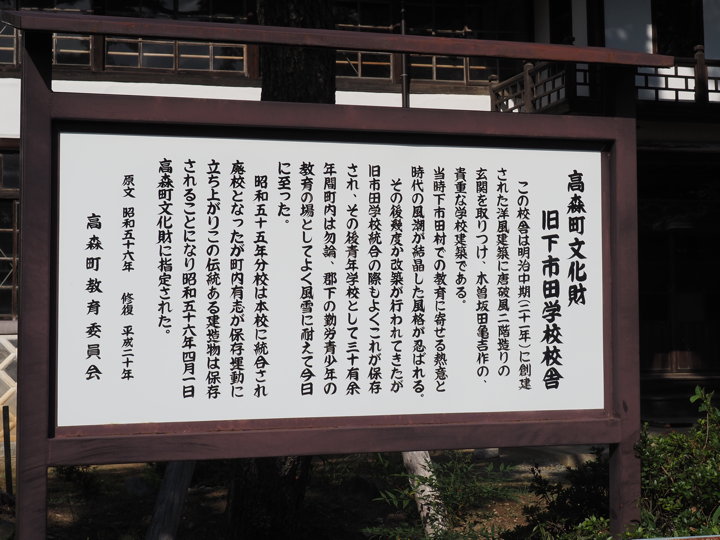
The explanation does not specify which school it was a branch of, but it is Shimoina Agricultural High School.
As we can see here, after the school was closed, it was designated as a cultural asset of the town and is now used for local events.
When I visited, there were people using the school and I could hear their voices from inside, but I was hesitant to go in without permission. So I took the photo only the hallway from the side entrance, which was open. This seems to have been the entrance for students.
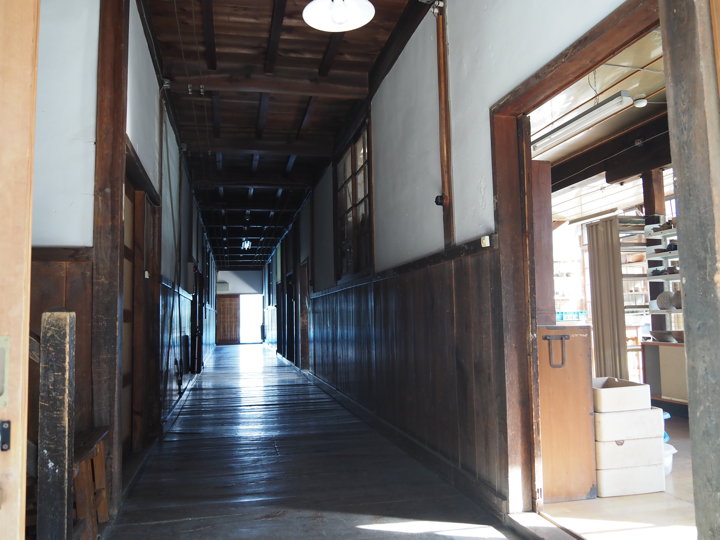
This is the rear side of the building.
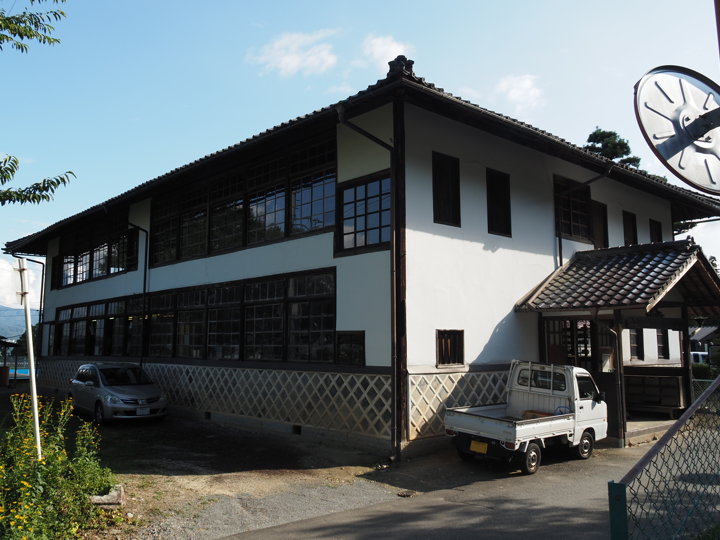
The last one is from the front. We can see that the inside of the window has been reinforced with reinforcing bars. And other repairs are being carried out to make the building useful, such as repairing the roof and repainting the walls.
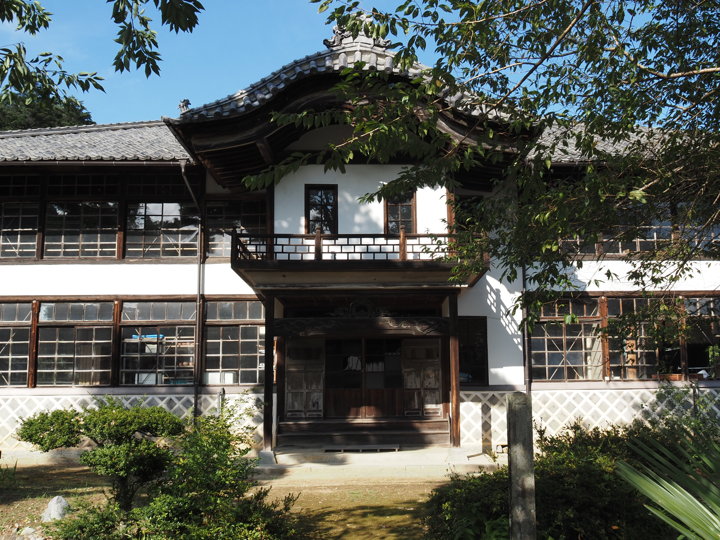
I would like to go inside if I have a chance.
【Reference】(all were written in Japanese)
“Takamori Town History Volume 2" (Takamori Town History Publishing Association, 1975)
“Cultural Property Guidebook" (Takamori Town Museum of History and Folklore, 2007)
“50 Years of Historical History" (Shimoina Agricultural High School, Nagano Prefecture, 1970)
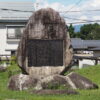

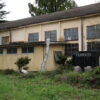

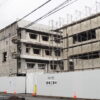
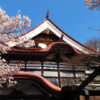
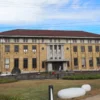
Recent Comments